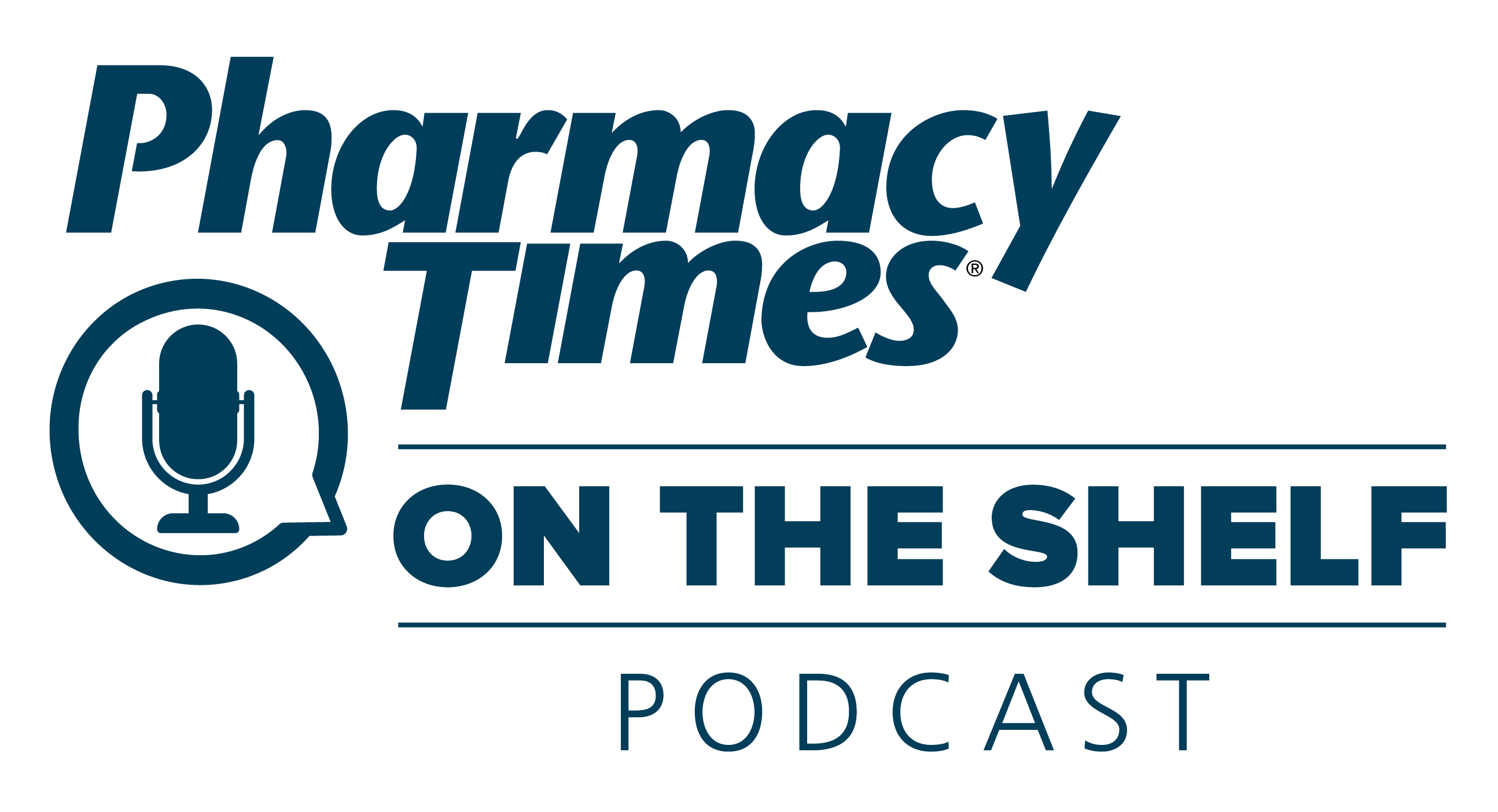Article
Dupilumab Shows Efficacy Treating Atopic Dermatitis
Author(s):
Dupilumab plus topical corticosteroids shows positive results in patients with inadequately controlled moderate-to-severe atopic dermatitis.
Investigational dupilumab plus topical corticosteroids (TCS) demonstrated superior results to TCS alone during a phase 3 trial in patients with inadequately controlled moderate-to-severe atopic dermatitis (AD).
“These are the first long-term Phase 3 data that demonstrated dupilumab with topical corticosteroids was superior to topical corticosteroids alone, and provided sustained efficacy, significantly improving measures of overall disease severity, skin clearing, itching, and quality of life through 1 year of treatment,” said George D. Yancopoulos, MD, PhD. “Although topical corticosteroids are standard therapies for atopic dermatitis, they are non-specific anti-inflammatory agents, while dupilumab is a targeted therapy that specifically blocks the IL-4/IL-13 signaling pathway. Our collective clinical data demonstrate that this pathway is a root cause in atopic dermatitis, asthma and nasal polyposis and we continue to evaluate the potential of this pathway in these atopic and allergic diseases.”
The phase 3 LIBERTY AD CHRONOS trial lasted 1 year and assessed 740 adults with moderate-to-severe AD using the 5-point Investigator’s Global Assessment (IGA) scale and the Eczema Area and Severity Index (EASI). All participants were given daily treatments with a low or medium potency of TCS on areas of the body that the medium potency TCS is considered unsafe.
Patients were randomized 3:1:3 to receive either a 300 mg dose of dupilumab subcutaneously 1 per week (n=319), a 300 mg dose of dupilumab subcutaneously every 2 weeks (n=106), or placebo (n=315).
The primary efficacy endpoint in the United States was the percentage of patients who achieved IGA 0 or 1 at 16 weeks. In Europe and Japan, there was an additional co-primary endpoint of the percentage of patients who achieved an EASI 75 score at 16 weeks. The primary analysis was pre-specified to occur 52 weeks after approximately 85% of participants were randomized into the study.
The results of the study showed that at week 16, the primary endpoint revealed that 39% of patients who received either 300 mg of dupilumab weekly or every 2 weeks with TCS achieved clearing or near-clearing of skin lesions (IGA 0 or 1) compared with 12% of patients in the placebo plus TCS group (p less than 0.0001).
At week 52, the results of the secondary endpoint showed that 40% of patients in the 300 mg of dupilumab weekly plus TCS and 36% of patients who received dupilumab every 2 weeks plus TCS achieved clearing or near-clearing of skin lesions (IGA 0 or 1), compared with 12.5% of patients in the placebo with TCS group (p less than 0.0001).
There were 64% of patients who received 300 mg weekly with TCS that achieved EASI-75 and 65% administered 300 mg of TCS every 2 weeks, compared with 22% in the placebo with TCS group (p less than 0.0001). The findings showed that at weeks 16 and 52, dupilumab plus TCS significantly improved the measures of overall disease severity compared to placebo with TCS.
The overall rate of adverse events and serious adverse events were comparable between the groups. The most common adverse events with dupilumab were injection site reactions and conjunctivitis.
Patients were also less likely to discontinue therapy with dupilumab plus TCS compared to patients in the placebo plus TCS group.
“Dupilumab is an innovative first-in-class investigational agent that has shown significant efficacy and a favorable safety profile in 2 pivotal Phase 3 studies in monotherapy for moderate-to-severe atopic dermatitis, and now in concomitant administration with topical corticosteroids,” said Elias Zerhouni, MD, Sanofi president of global R&D. “These 1-year data strengthen the earlier 16-week results, suggesting that dupilumab impacts the aberrant activation of the IL-4/IL-13 pathway which resulted in significant efficacy without the side effects associated with immune-suppressing therapies. We will continue to advance dupilumab for patients’ worldwide suffering from inadequately controlled moderate-to-severe atopic dermatitis, with the first regulatory submission planned in the US for the third quarter of this year.”






